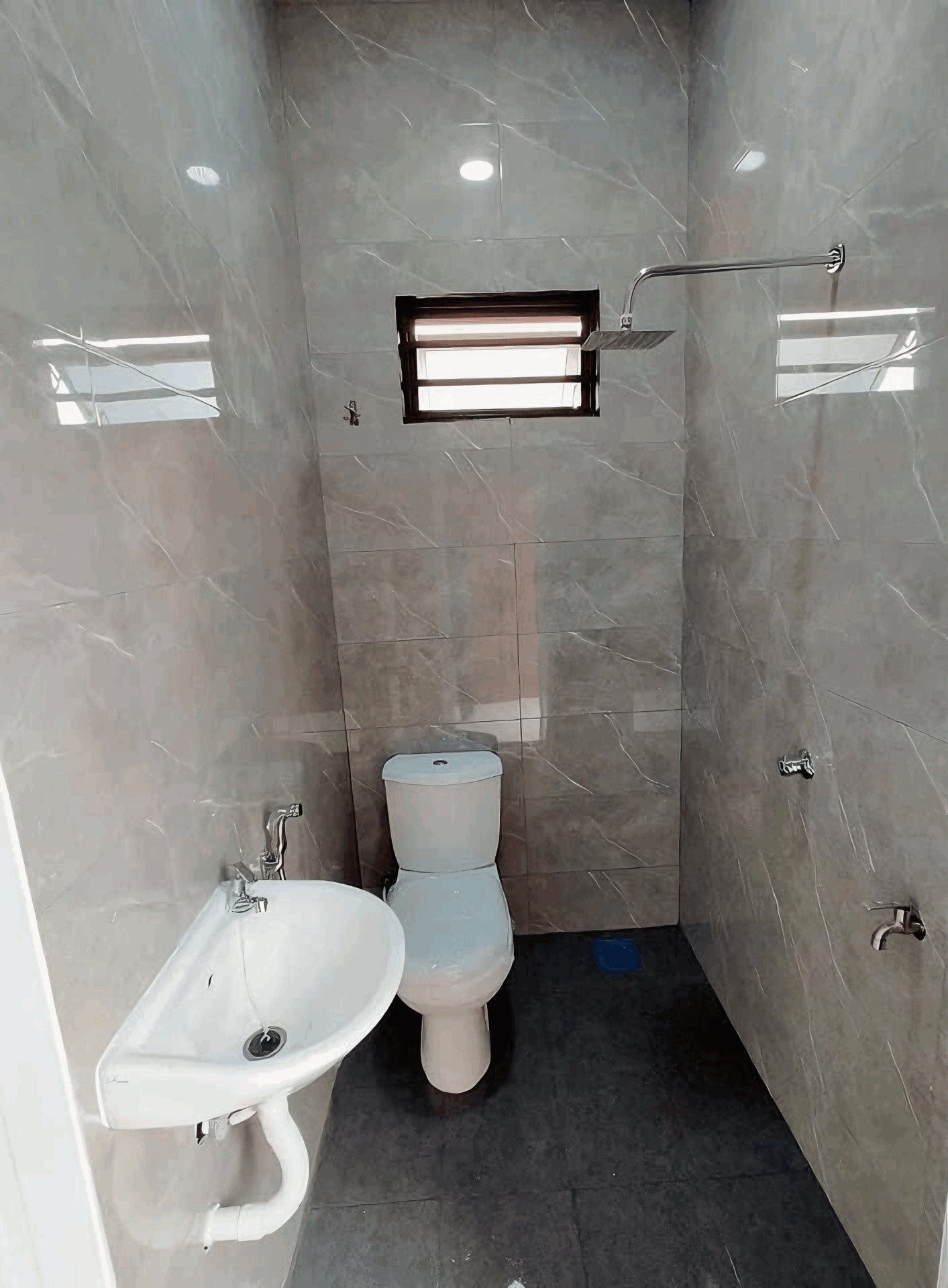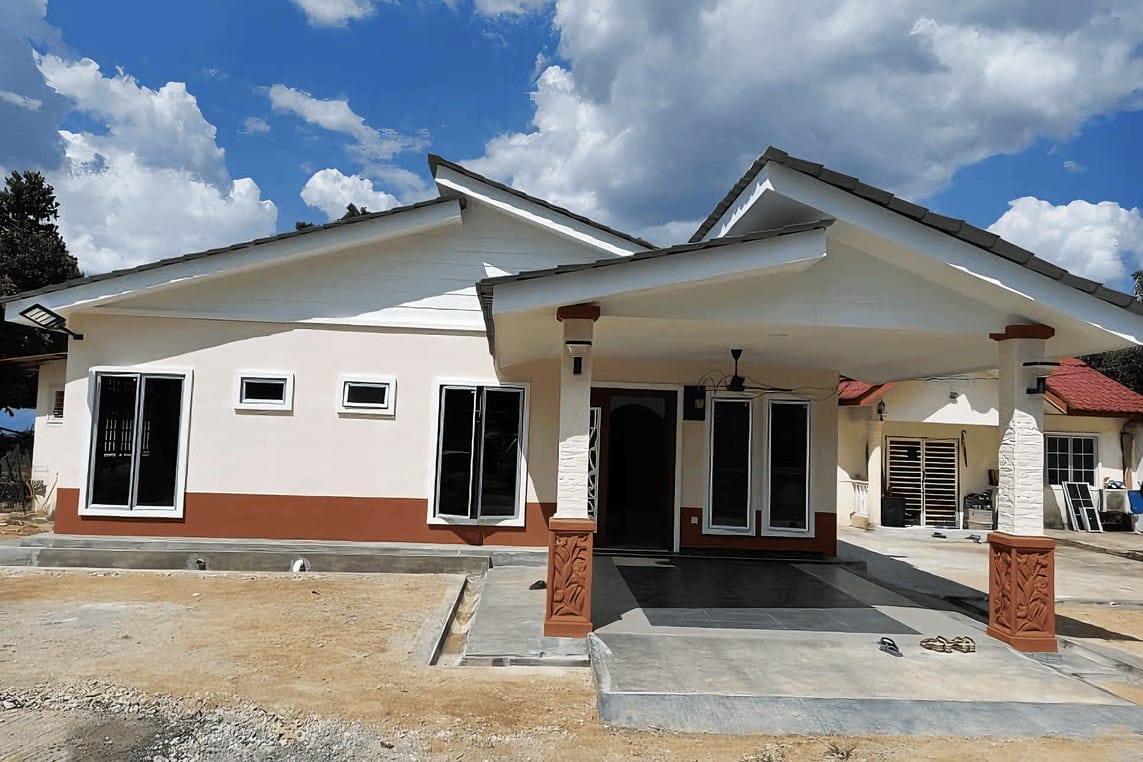Hey there, fellow Malaysians! Have you noticed how our country is buzzing with construction and development lately? From sleek highways to modern public transport systems, it seems like every corner of Malaysia is getting a facelift. But what’s driving this infrastructure boom? In this article, we’ll explore five key reasons why infrastructure development is thriving in Malaysia right now. So, grab a cup of teh tarik and let’s dive into the exciting world of building the future!
Emerging Economic Opportunities Fueling Infrastructure Investment
The current landscape in Malaysia is brimming with potential as emerging economic opportunities are paving the way for a surge in infrastructure investments. The government’s commitment to enhancing connectivity through public transport initiatives and the development of new highways reflects a strategic approach towards economic revitalization. This is not just about building roads; it’s about creating a comprehensive network that supports trade, reduces congestion, and improves the overall quality of life for Malaysians.
Moreover, foreign direct investment (FDI) is pouring into the nation, driven by Malaysia’s attractive market conditions and regulatory reforms. Projects that were once on the backburner are now receiving the green light, leading to several high-profile endeavors in sectors such as renewable energy, digital infrastructure, and smart city initiatives. These ventures not only promise immediate economic returns but also lay the groundwork for a sustainable future, enhancing the potential for further investments.
Let’s take a look at how the current infrastructure development trend in Malaysia corresponds with several key emerging sectors:
| Sector | Investment Type | Key Projects |
|---|---|---|
| Renewable Energy | Solar Power Farms | Project X in Selangor |
| Digital Infrastructure | 5G Network Rollout | Nationwide Fiber Optic Expansion |
| Smart Cities | Integrated Transport Systems | Kuala Lumpur Smart City Initiative |
Combining these trends highlights the transformative potential of infrastructure development in enhancing Malaysia’s economic landscape. It represents not just a series of constructions but the establishment of a modernized framework that supports sustainable growth and competitiveness in the global market. As these projects unfold, a ripple effect is expected to stimulate job creation and innovation across various sectors.

Government Policies Driving Large-Scale Development Projects
The Malaysian government has recently rolled out a series of ambitious policies that are transforming the landscape of infrastructure development across the nation. By prioritizing economic growth, the government has recognized that robust infrastructure is the backbone of a prosperous future. Policies focusing on sustainability, urban transformation, and inclusivity are paving the way for innovative large-scale projects that not only cater to current needs but also plan for future demands.
One of the standout policies promoting this boom is the National Infrastructure Plan, which aims to enhance connectivity across rural and urban areas. As a result, we’re seeing a surge in projects like highways, rail systems, and smart cities. These developments are designed to create jobs, stimulate local economies, and reduce traffic congestion, making daily commutes easier and more efficient. The reinvestment of funds into these projects further demonstrates the government’s commitment to long-term improvement.
Moreover, various incentives are offered to attract foreign investments, allowing public-private partnerships to flourish. This cooperation leads to innovative solutions that might not have been possible with public funding alone. An example is the detailed approach towards financing models, ensuring transparency and accountability in spending. The following table illustrates key government initiatives and their expected impacts:
| Government Initiatives | Expected Impact |
|---|---|
| Smart City Initiatives | Enhanced urban living through technology. |
| Public Transport Upgrades | Improved mobility and reduced travel times. |
| Green Energy Projects | Sustainable development and energy independence. |

The Role of Private Sector Partnerships in Infrastructure Growth
Private sector partnerships are shaping the landscape of infrastructure development in Malaysia, and it’s no small feat. With a growing economy and increasing demand for modern facilities, collaboration between public and private sectors is critical. These partnerships bring in the capital, innovation, and expertise needed to tackle large-scale projects efficiently. The fusion of resources allows for an accelerated pace of development, moving from planning to groundbreaking in record time.
Furthermore, these alliances foster a sense of accountability and risk-sharing that is essential in any development scenario. By involving private entities, the burden of funding major projects doesn’t fall solely on the government. This leads to diverse funding models, such as Public-Private Partnerships (PPPs), which ensure that projects are not only financially viable but also sustainable. For instance, infrastructure projects can benefit from private sector efficiency and operational best practices, improving overall project execution.
In terms of economic impact, private sector partnerships create job opportunities and stimulate local economies. When companies join forces with the government, the outcome is a ripple effect that boosts demand for local services and materials. For example, during the construction of new highways or bridges, local businesses see increased sales, and communities benefit from improved access, thus elevating the quality of life for residents. The collaborative approach is proving that when the public and private sectors work hand-in-hand, the potential for growth is not just theoretical but a tangible reality.

Technological Advancements Enhancing Construction Efficiency
In recent years, the construction industry in Malaysia has witnessed a significant shift, largely thanks to innovative technologies reshaping traditional practices. The incorporation of advanced software solutions, such as Building Information Modeling (BIM), is allowing for precise planning and visualization, reducing errors and saving both time and costs. No longer constrained by outdated methods, teams can collaborate seamlessly from design to execution, ensuring that every project meets the client’s expectations and the market’s demands.
Moreover, the rise of automation in construction is a game-changer. From robotic machinery that can execute intricate tasks with speed and accuracy to drones surveying sites from above, these tools are not just futuristic dreams; they are part of the reality of modern construction in Malaysia. By minimizing human error and optimizing labor, automation accelerates project timelines considerably, enabling rapid scaling—essential for keeping pace with the booming infrastructure development.
Another pivotal element enhancing efficiency is the use of sustainable building technologies. The integration of eco-friendly materials and energy-efficient systems not only helps in complying with regulations but also appeals to the growing awareness of sustainability among consumers. Additionally, technologies like 3D printing make it easier to reduce waste through precise material usage. As more developers recognize the benefits of green building practices, they are likely to invest further in innovation, ensuring that both efficiency and environmental consciousness go hand in hand in shaping Malaysia’s skyline.

Urbanization Trends Necessitating Upgraded Infrastructure
Malaysia is witnessing rapid urban growth, leading to growing populations in cities and creating a pressing need for enhanced infrastructure. With more people flocking to urban areas, the demand for essential services like transportation, housing, and sanitation is skyrocketing. This influx is not just about numbers; it’s reshaping how cities function. As the landscape evolves, urban planners find themselves at a crossroads, needing to rethink and rejuvenate existing frameworks to accommodate this surge.
Additionally, the strain on public transport systems is becoming evident. As urbanites increasingly rely on public transportation to navigate their daily routines, upgraded infrastructure is pivotal in providing reliable and efficient options. Key developments include:
- Expansion of light rail transit systems
- Improved bus services
- Creation of pedestrian-friendly zones
Moreover, urbanization is not just limited to living spaces; it heavily impacts business growth and economic resilience. As commerce flourishes, outdated infrastructure can no longer keep pace with the needs of modern businesses. To maintain an edge in a competitive market, Malaysia is investing in smart technologies and digital infrastructure. For instance, consider the following initiatives:
| Initiative | Purpose |
|---|---|
| Smart Traffic Management Systems | To ease congestion and improve road safety |
| High-Speed Internet Expansion | To support e-commerce and digital innovation |
| Green Building Projects | To promote sustainability and reduce carbon footprint |

Sustainability Initiatives Shaping Modern Infrastructure Solutions
In the rapidly evolving landscape of infrastructure development, the emphasis on sustainability has become paramount. Modern projects are increasingly guided by green principles, incorporating eco-friendly materials and energy-efficient designs. For Malaysian developers, this shift not only meets environmental goals but also aligns with global trends, demonstrating a commitment to addressing climate change. As a result, infrastructure projects are emerging as beacons of innovation that prioritize ecological well-being alongside urban growth.
Furthermore, public-private partnerships are now playing a crucial role in fostering sustainability initiatives in Malaysia. These collaborations enable governments and corporations to pool resources and expertise, paving the way for state-of-the-art infrastructure solutions. Developers are now exploring eco-conscious technologies such as green building certifications and smart city concepts that focus on reducing carbon footprints. Some key features under this umbrella include:
- Renewable Energy Integration: Usage of solar panels and wind turbines in construction.
- Water Management Systems: Innovative solutions for rainwater harvesting and waste recycling.
- Transport Alternatives: Promotion of public transportation and pedestrian-friendly designs.
Lastly, education and community involvement are steering the sustainable drive in infrastructure projects. Local communities are being engaged in the planning processes, ensuring that developments reflect the needs and aspirations of residents. This participatory approach not only garners public support but also builds a sense of ownership and responsibility. In this context, infrastructure projects are not merely about constructing physical entities; they become platforms for social development, cultural preservation, and enhanced quality of life for all Malaysians.

Regional Connectivity Enhancements and Their Impacts on Trade
Malaysia is witnessing a surge in infrastructure projects aimed at boosting regional connectivity. This push manifests in various forms, from upgrading existing roads and railways to constructing modern airports and seaports. Such developments play a vital role in enhancing the efficiency and reliability of transportation networks, ultimately paving the way for smoother trade routes both locally and internationally. With better connectivity, businesses can now expand their reach, tapping into new markets with relative ease.
Moreover, the positive ripple effect of these enhancements transcends mere transportation. Improved infrastructure fosters economic growth by reducing logistical costs, which can be significant for businesses reliant on the movement of goods. This is particularly beneficial for SMEs, who often operate with tighter margins. For instance, connecting rural production hubs to urban centers can significantly uplift local economies, helping to create jobs and stimulate consumer spending.
The impact of these connectivity upgrades can also be quantified through trade volume statistics. Below is a simplified representation of trade growth linked to increased infrastructural investments:
| Year | Trade Volume (in billions RM) | Infrastructure Investment (in billions RM) |
|---|---|---|
| 2020 | 984 | 50 |
| 2025 | 1,045 | 65 |
| 2025 | 1,120 | 85 |
As observed, there’s a direct correlation between infrastructure investments and trade volume growth. The more we invest in connecting regions effectively, the more we can expect our trade activities to flourish, reinforcing Malaysia’s position as a key player in the Southeast Asian market.

Future Prospects and Strategic Recommendations for Continued Growth
As we look ahead, it’s clear that the evolution of Malaysia’s infrastructure landscape presents ample opportunities for sustainable growth. Investment in smart technologies should be prioritized to enhance efficiency and connectivity. This means exploring avenues such as:
- Smart transportation systems: Implementing intelligent traffic management can significantly reduce congestion.
- Green building initiatives: Leveraging eco-friendly materials and sustainable practices can lower carbon footprints.
- Public-private partnerships: Collaborating with private entities on major projects can stimulate innovation and funding.
In addition to technology, diversifying funding sources for infrastructure projects will be key. Engaging international investors, exploring green financing options, and utilizing crowd-funding platforms can substantially boost capital influx. By analyzing past successful projects, stakeholders can identify:
| Project Name | Year Completed | Funding Source | Outcome |
|---|---|---|---|
| Klang Valley MRT | 2016 | Public-Private | Increased transit efficiency |
| Penang Bridge Expansion | 2018 | Government Funded | Boosted tourism |
| Cyberjaya Smart City | 2025 | Private Investment | Enhanced tech ecosystem |
Lastly, fostering local talent through education and training will create a workforce adept at handling advanced infrastructure demands. By promoting vocational training programs and internships, we’ve got the chance to harness local expertise while tackling employment issues. Encouraging initiatives such as:
- STEM education advocacy: Raising awareness of the importance of science and technology in infrastructure.
- Apprenticeship programs: Partnering with local businesses to provide hands-on experience.
- Innovation hubs: Creating spaces where young minds can collaborate on infrastructure solutions.
Wrapping Up
As we wrap up our journey through the vibrant landscape of Malaysia’s infrastructure development, it’s clear that we’re witnessing a transformation that’s hard to ignore. From bustling cities to serene rural areas, the ongoing projects are set to weave a stronger fabric for our economy and communities.
Whether it’s improving connectivity, boosting job opportunities, or enhancing our quality of life, these developments aren’t just about bricks and mortar; they’re about paving the way for our collective future. As we move forward, it’s essential to stay informed and engaged in these changes, ensuring they align with our aspirations as a nation.
So, let’s keep our eyes peeled for the next wave of exciting projects that will reshape our beloved Malaysia. After all, the growth we’re witnessing today could very well inspire the innovations of tomorrow. Here’s to a brighter, more connected Malaysia! 🌟







